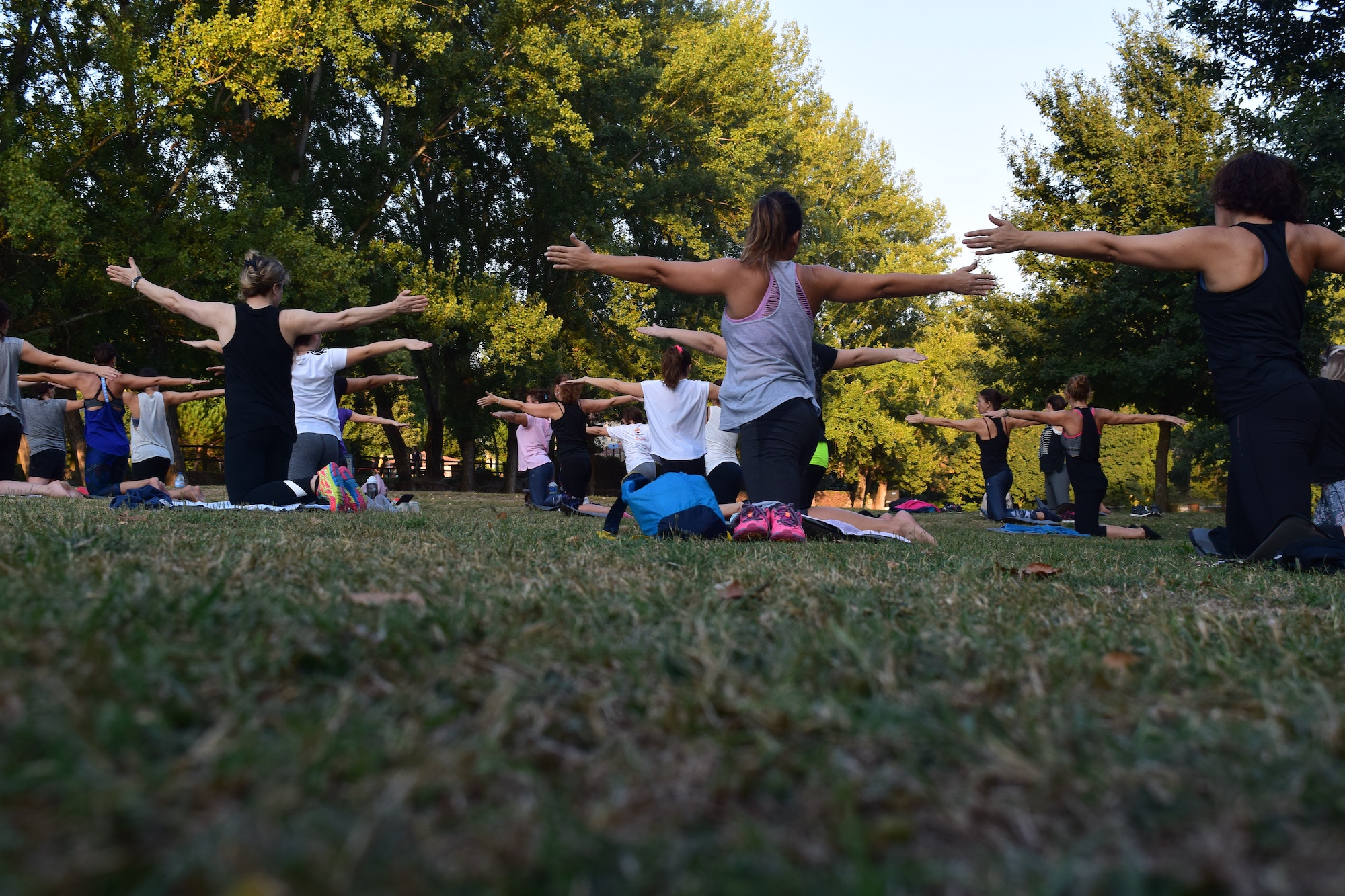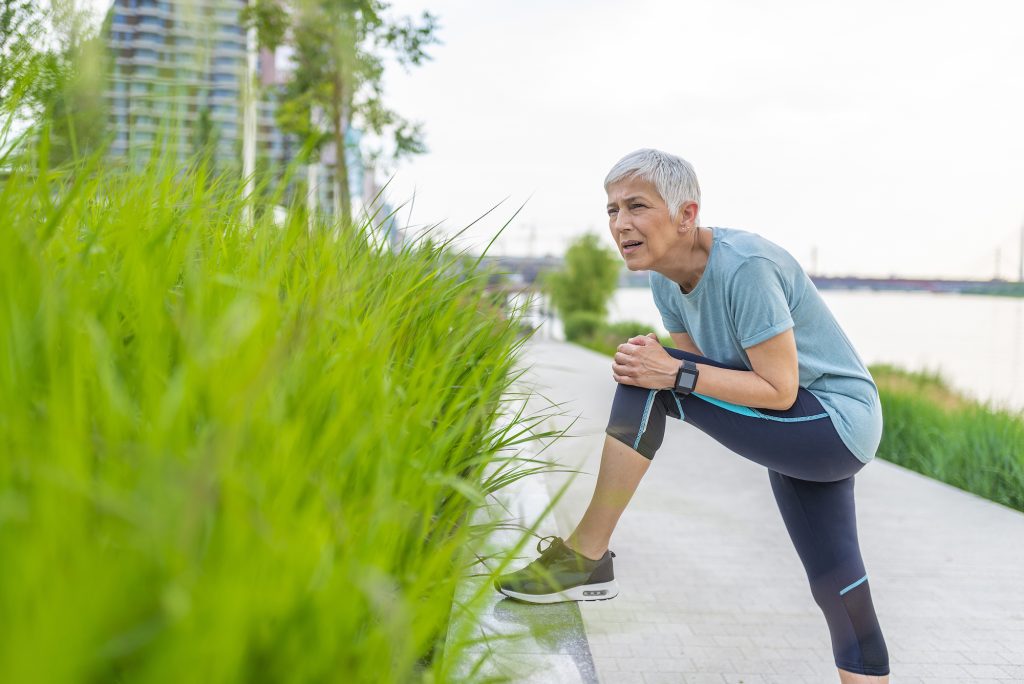“Every system in your body relies on physical activity”, says an article written by the University of Texas, MD Anderson Cancer Center.
Did you know, staying active on a daily basis will not only make you feel better, but it will also allow you to do better?
Activity is simply the act of allowing our body to function properly, which of course, includes all of the complicated systems that make up our bodies.
An article titled, Physical Activity, published by the World Health Organization (WHO), says, “Regular physical activity is proven to help prevent AND manage noncommunicable diseases such as heart disease, stroke, diabetes, and several cancers. It also helps prevent hypertension, maintain healthy body weight and can improve mental health, quality of life, and well-being.”
With that being said, maybe you have heard something along those lines before. Maybe, you have even given exercise a try but just didn’t seem to get those great results that are oftentimes read about. If this is the case, you are not alone.
It is extremely difficult to receive every benefit of physical activity until you fully understand WHAT changes activity will make on the body/mind and HOW these changes in the body/mind are so beneficial.
Basically, it all comes down to four words and two concepts, Flexibility and Range of Motion (ROM).
What is Range of Motion?
ROM is the measurement of the amount of movement around a specific joint or body part. Often taken by a physical therapist, he/she uses a device, called a goniometer, that calculates the angular distance of different bodily/joint movements. These measurements can be recorded passively, active-assisted, and/or actively.
- Passive – occurs around a joint you are not using your muscles to move.
- Active-assisted – occurs when you move your own body part, but assistance is required to ensure injury/damage does not occur. Mainly used during therapy for an injury, or on someone elderly.
- Active – occurs when you use your muscles to move the specific joint/body part without any assistance.

What is Flexibility?
Flexibility is the ability of a joint or series of joints to move through an unrestricted/unassisted, pain-free range of motion. In other words, flexibility is the actively recorded version of the ROM measurement process and improved flexibility is the ultimate goal when increasing our Range of Motion.
“Although flexibility inevitably will widely vary from person to person, a minimum range of motion is necessary for one to maintain joint and total body health.” Flexibility, by UC Davis Sports Medicine.
How Do We Lose Our Flexibility/Range of Motion Over Time?
This question can simply be answered by a short phrase I found in an article titled Maintaining Flexibility With Aging, written by Victoria Bowen, PT, DPT, “Use It or Lose It”.
As our society continues to advance technologically, our lives have become increasingly more sedentary, mainly due to motorized transport and high hours of screen time required by most jobs. In fact, according to the World Health Organization (WHO), levels of inactivity are twice as high in high-income countries compared to low-income countries.
WHO recommends any adult aged 18-64 should do at least 150-300 minutes of moderate-intensity aerobic physical activity per week, or 75-150 minutes of vigorous-intensity aerobic physical activity per week. Along with 2 muscle-strengthening activities at a moderate or greater intensity that involve all major muscle groups per week.
Keep in mind, these recommendations are only minimums, The WHO suggests anybody may increase these durations/frequencies for additional health benefits. But, most importantly, one should limit the time spent being sedentary and replace this time with physical activity as our health desperately depends on it.
What Are The Negative Effects Of Inflexibility/Limited ROM?
Physical inactivity, which leads to inflexible/limited muscles, is the leading risk factor for mortality in noncommunicable diseases. In fact, people who are insufficiently active have a 20-30% increased risk of death compared to people who exercise regularly.
In children, a lack of physical activity can lead to physical problems (i.e. cardiovascular, muscular, blood pressure, bone health, etc.), cognitive outcomes (academic performance/executive function), mental health (depression/anxiety), etc.
The biggest negative effect from inactivity most people don’t understand is directly related to mental health.
How to Regain/Increase Our Activity/Flexibility/ROM?
The first step in preventing our loss of flexibility/ROM is committing to an active lifestyle. There are so many tools available to help reach our goals, but not one of them will work until we decide this is something we want to do.
The second step is getting active! Consistency is the ultimate key, and here are a few tips provided by the CDC that may help one’s accountability in being consistent:
- Get the support of your friends and family-and invite them to get active with you!
- Start slowly and add time, frequency, or intensity every week.
- Schedule physical activity for times in the day or week when you’re most energetic.
- Plan ahead. Make physical activity part of your daily or weekly schedule.
- Walk instead of drive to nearby destinations, or park the car farther away and fit in a walk to your destination.
- Support improvements in your neighborhood that make it easier to walk or bike to where you want to go.
What Is the Minimum ROM We Must Maintain To Remain Healthy?
We should be able to move the joints in our bodies in different directions, so we can accomplish various basic tasks in our lives. This ability to move is also essential for us to stay healthy.
The four different joint movements include:
- Extension – Straightening a joint
- Flexion – Bending a joint
- Abduction – Movement away from the center of your body
- Adduction – Movement back to the center of the body
The two different joint types include:
- Ball-and-Socket Joint – like your shoulders, are able to move in many different directions
- Hinge Joint – like your knees/elbows, are designed to close and open in one direction.
Commonly used ROM measurements can be found anywhere and are used to measure, in units of degrees, how much range of motion a particular joint possesses.
Citations
https://www.mdanderson.org/prevention-screening/manage-your-risk/physical-activity.html
https://health.ucdavis.edu/sportsmedicine/resources/flexibility_descriprion.html
https://www.who.int/news-room/fact-sheets/detail/physical-activity
https://www.verywellhealth.com/overview-range-of-motion-2696650
https://www.pedagogy-inc.com/Home/News/Difference-Between-Flexibility-and-Range-of-Motion.aspx
https://arapc.com/maintaining-flexibility-with-aging/
https://www.mskcc.org/cancer-care/patient-education/exercises-after-mastectomy
https://www.ncbi.nlm.nih.gov/pmc/articles/PMC3273886/
https://www.verywellhealth.com/what-is-normal-range-of-motion-in-a-joint-3120361
https://www.cdc.gov/chronicdisease/resources/infographic/physical-activity.htm


